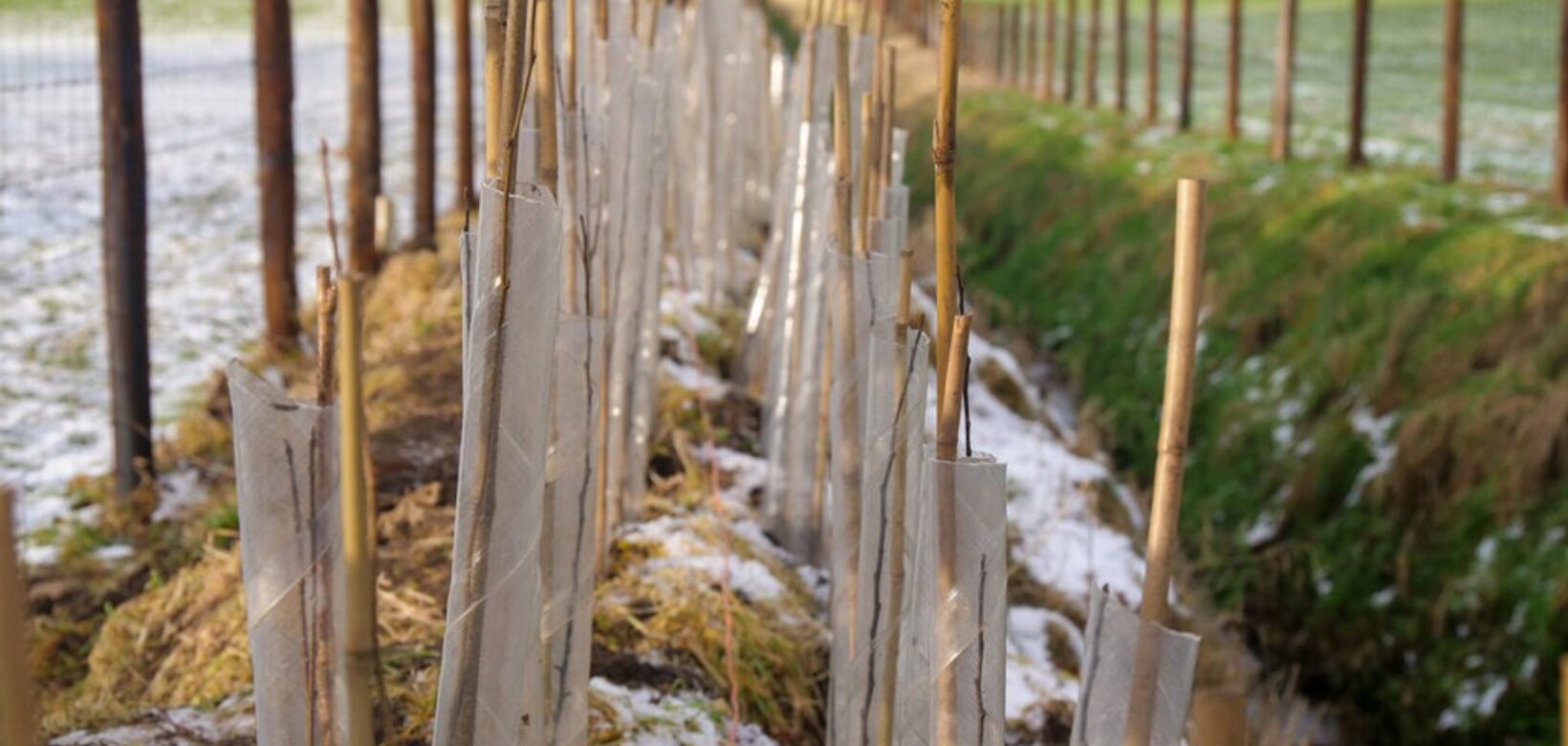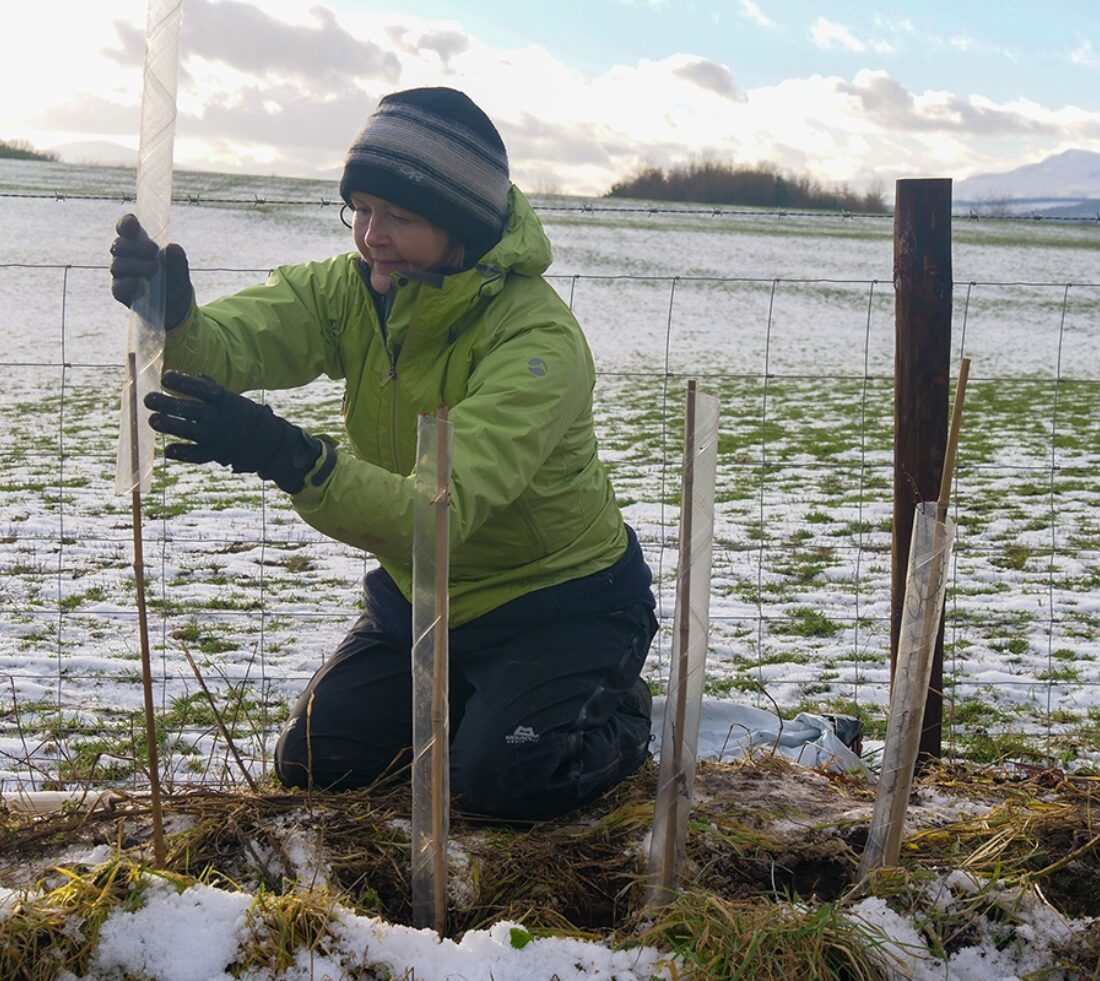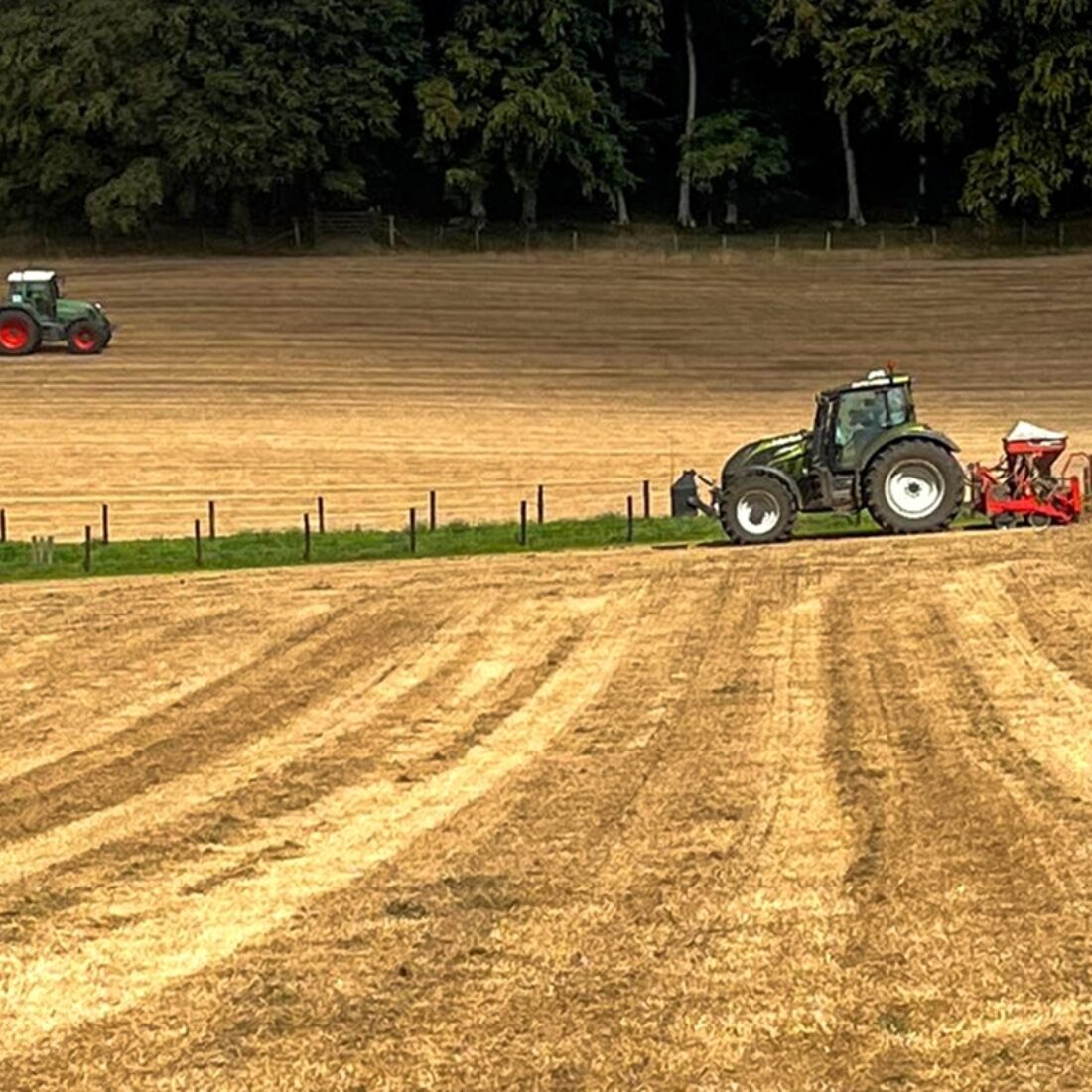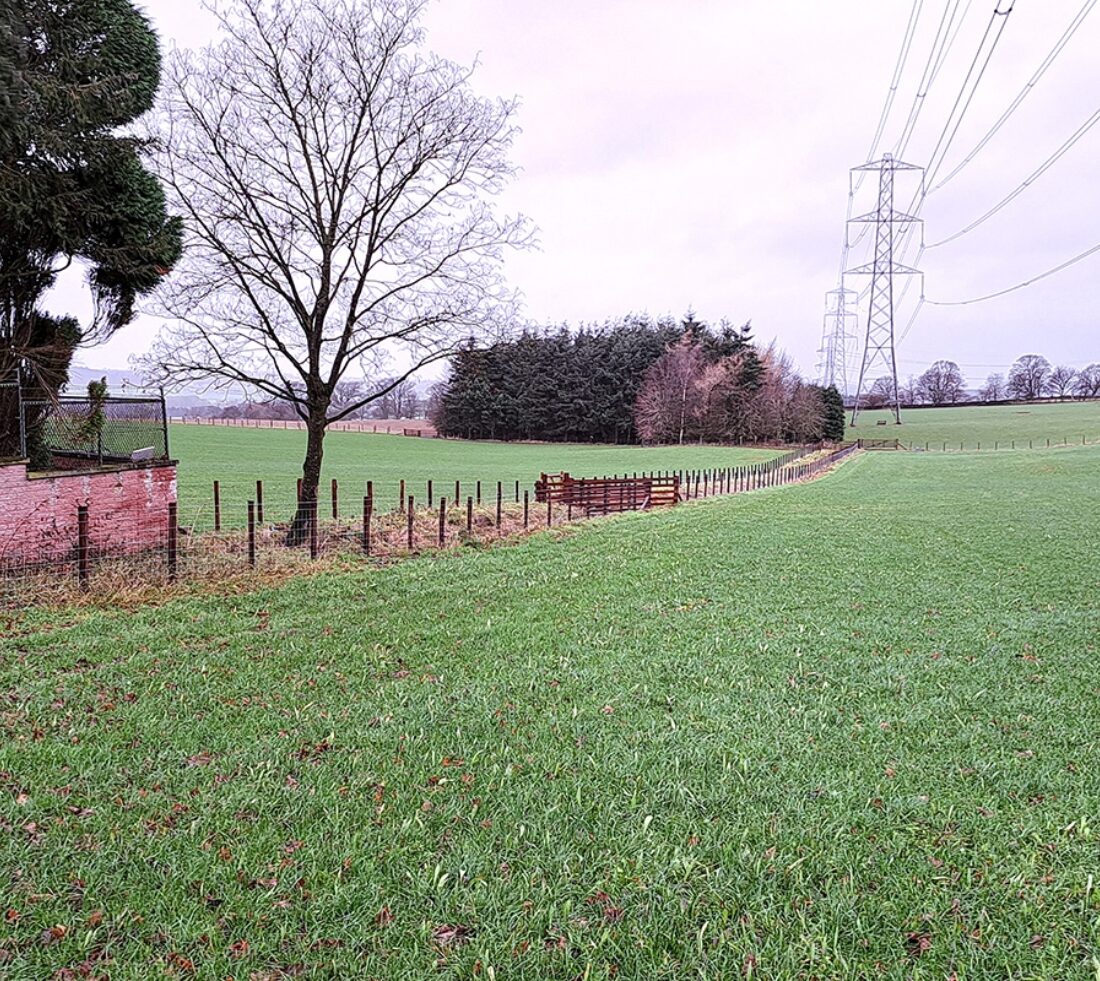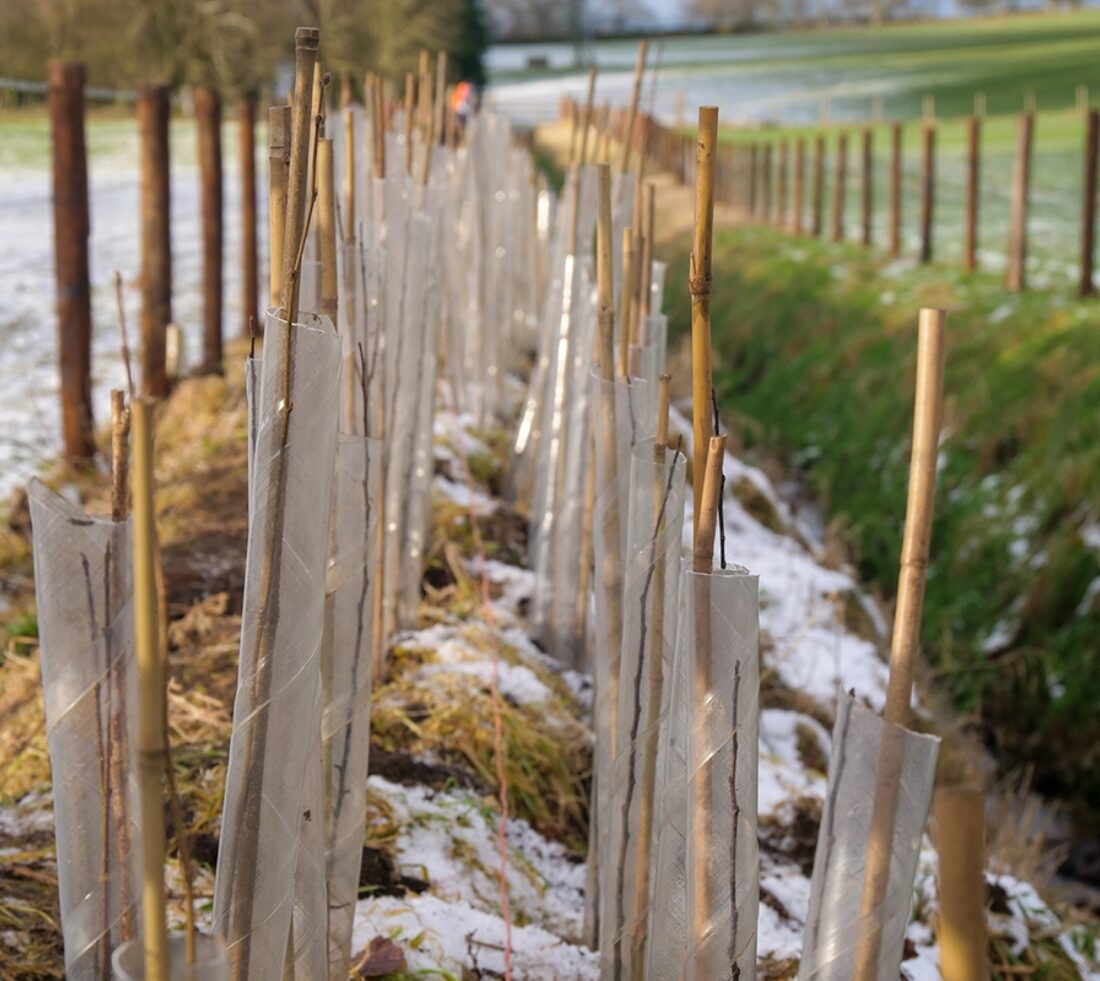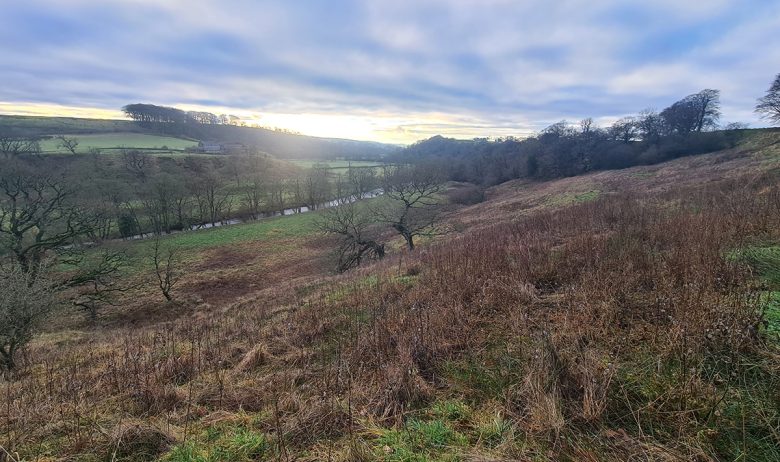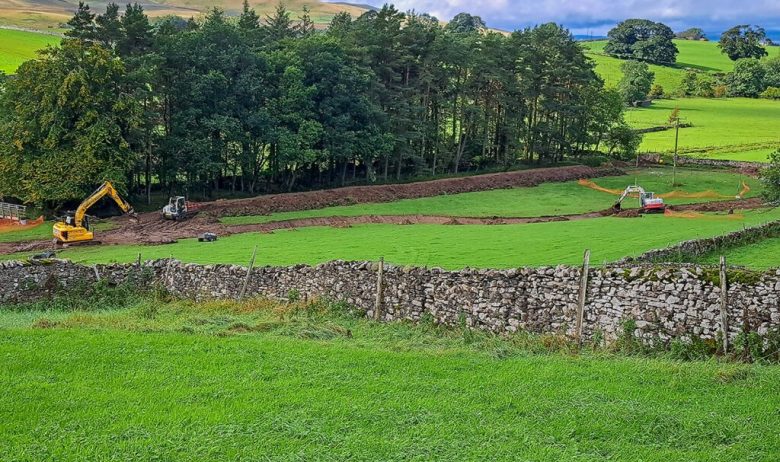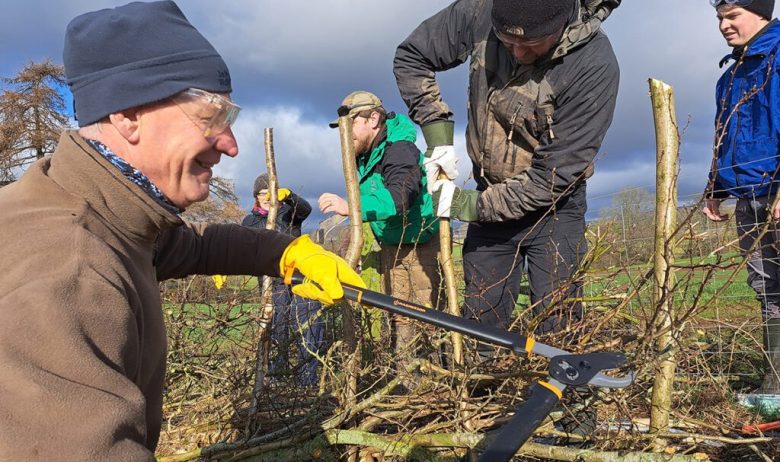In 2023, we led a partnership project that worked together to reduce pollutants reaching an important drinking water supply at Bowscar.
How has this been achieved? By changing land management practices, introducing nature-based solutions and improving drainage.
The distinctive red sandstone found in the Eden valley is not just part of the landscape; over millions of years, it has formed an important aquifer that thousands of people rely on for their drinking water.
As well as providing drinking water – pumped from boreholes from deep underground to treatment works, this groundwater also feeds the base flows of local rivers.
Whilst this porous rock creates the ideal conditions to hold water, it also provides a way for pollutants from the soil’s surface to reach the aquifer.
Increasing levels of nitrate in the borehole at Bowscar, just outside Penrith, set alarm bells ringing with ourselves and United Utilities.
Two possible reasons for this increase were identified:
- historically, the surrounding land was intensively farmed with nutrients from the land leaching through the soil, and
- water from the neighbouring road was flooding into the borehole compound, reaching the borehole head.
A radical rethink on managing the land was needed, requiring a shift in focus from intensive farming to protecting the borehole. This would only be possible with support from a wide range of partners.
Andy Dyer, our Senior Farming and Conservation Manager at the time explained more about the focus on a sustainable future:
It’s not so much about a fix now, but in 25-30 years’ time. By reducing the nutrient load now, our water supply will be better protected in the future.
Our goal was to find nature-based solutions and make infrastructure improvements that would improve water quality, whether that’s in the groundwater or the River Petteril, downstream of the site.
Our role was to deliver a jointly funded and supported venture between landlord Robert Harris; the tenants - A & B Taylor Contracting; United Utilities and Cumbria County Council roads department.
Building on an initial plan devised by ourselves with United Utilities, our aim was to bring together the right partners who would not only make the improvements needed, but also could help us unlock and match additional funding through opportunities such as Countryside Stewardship to further improve water quality in this area.
